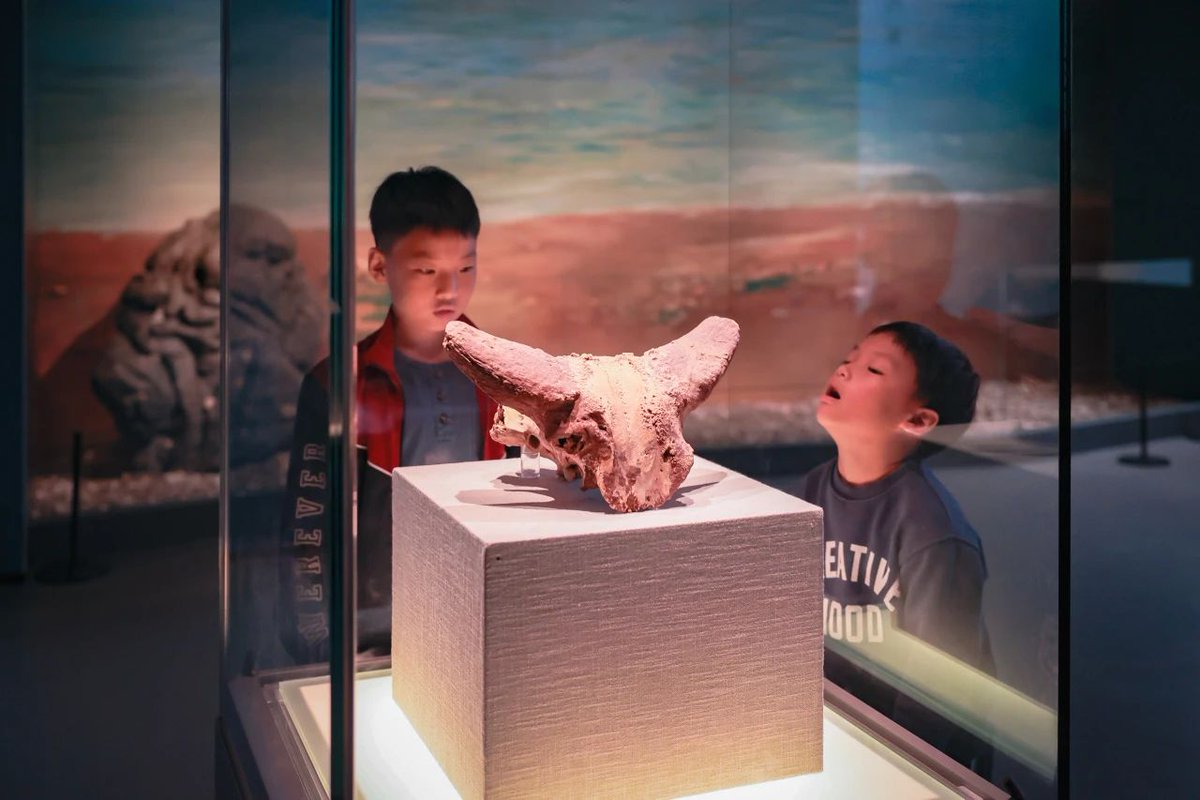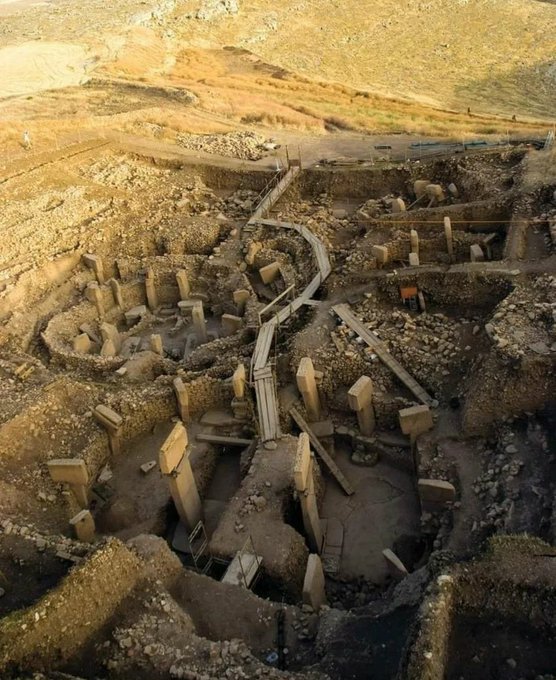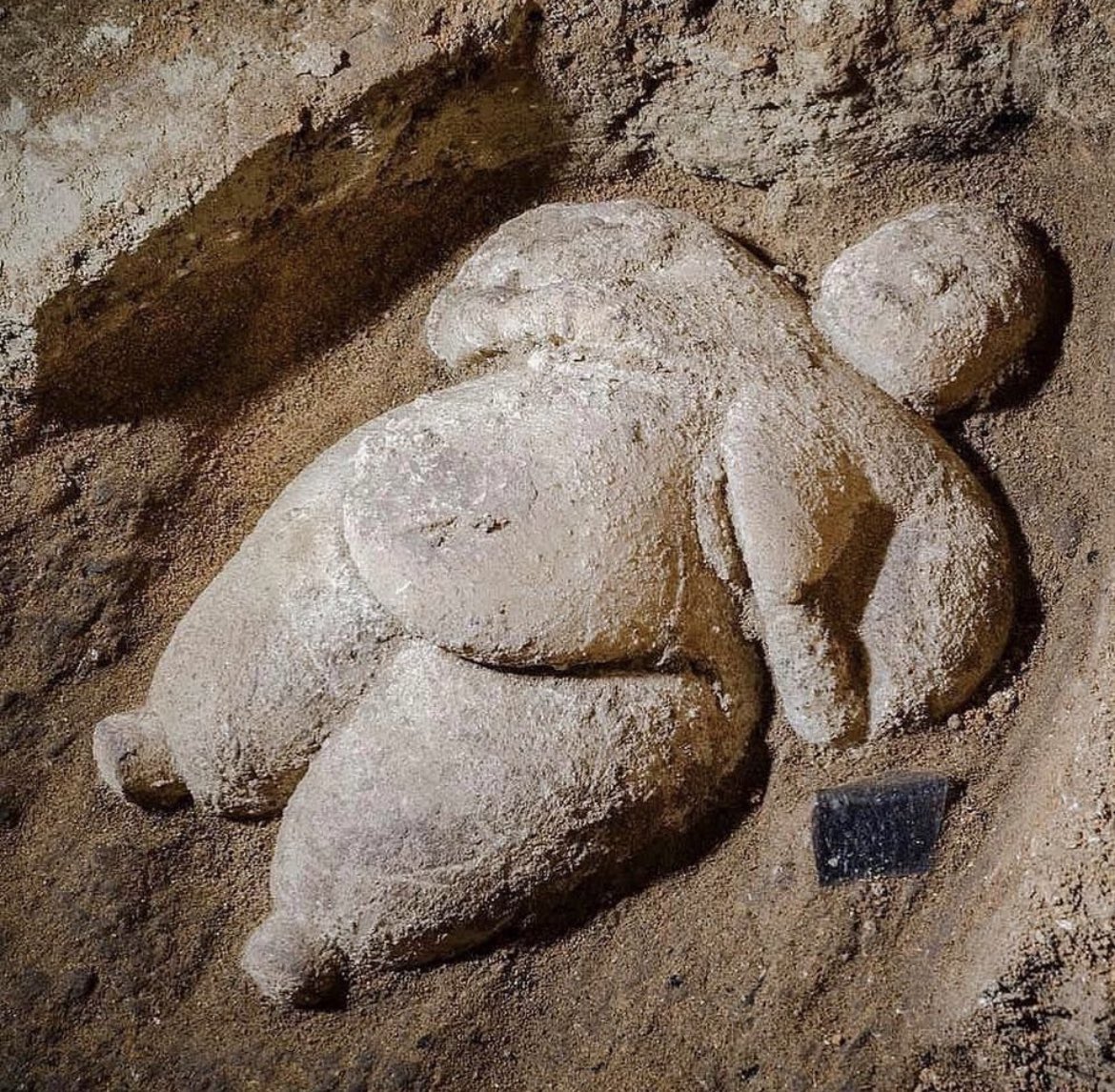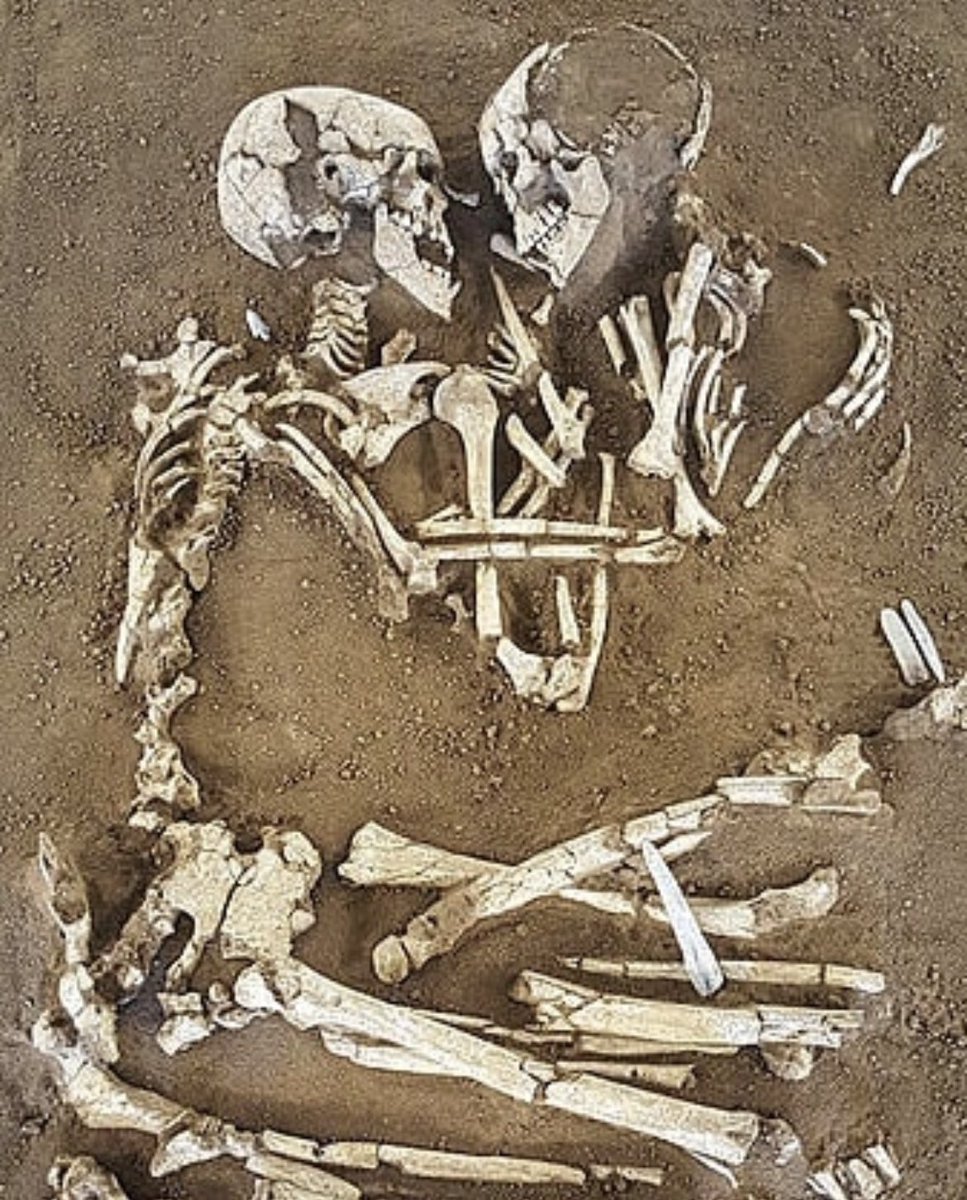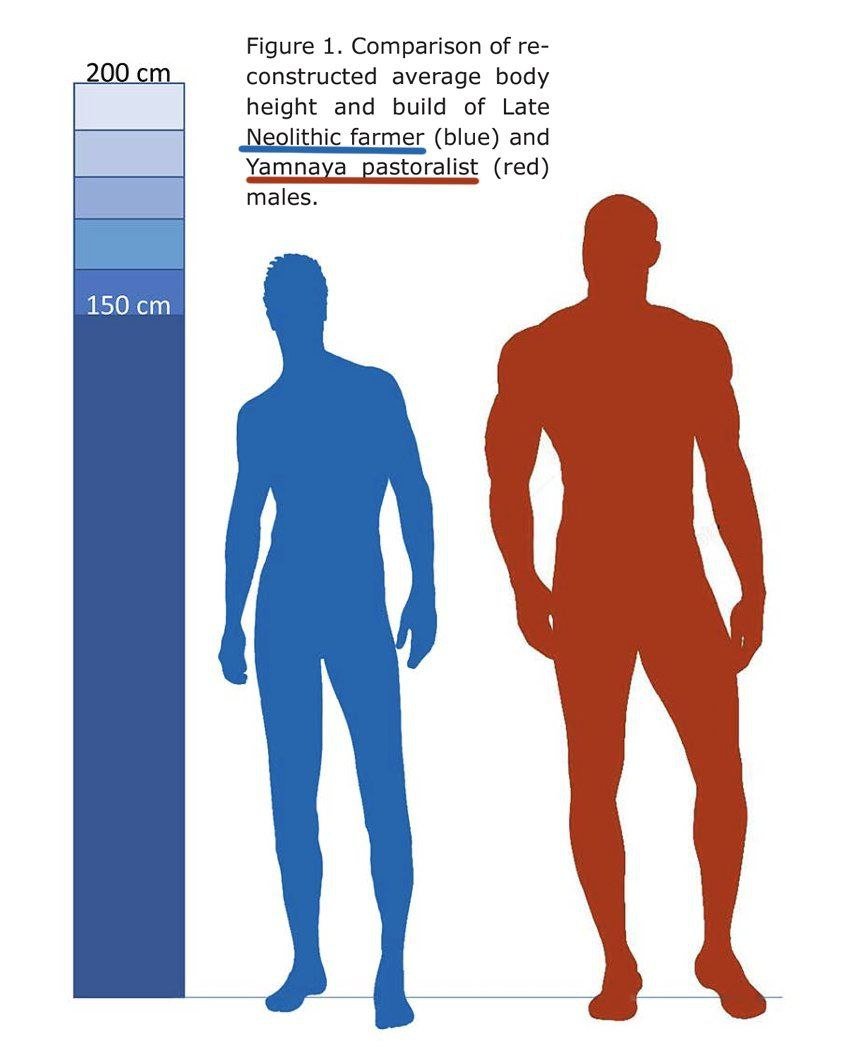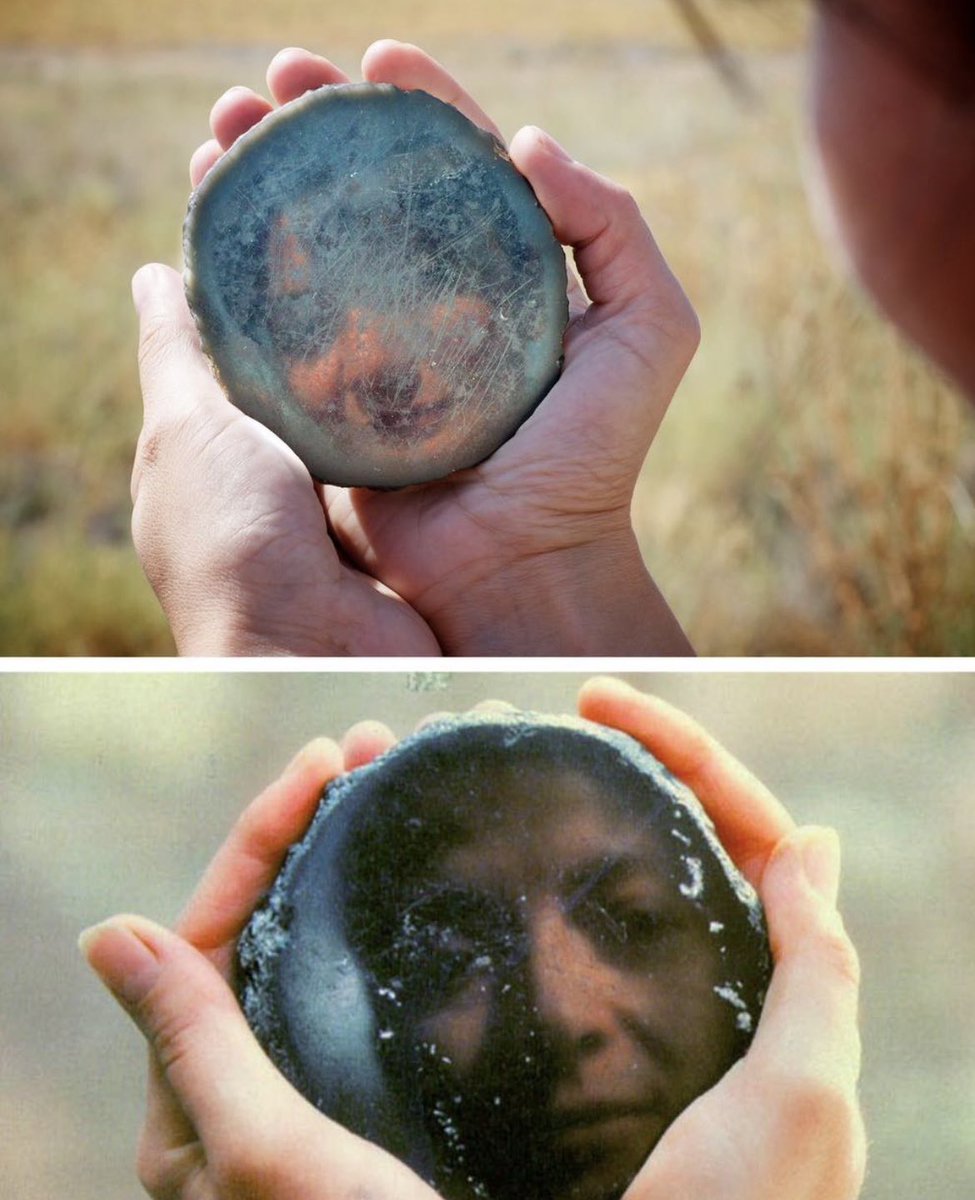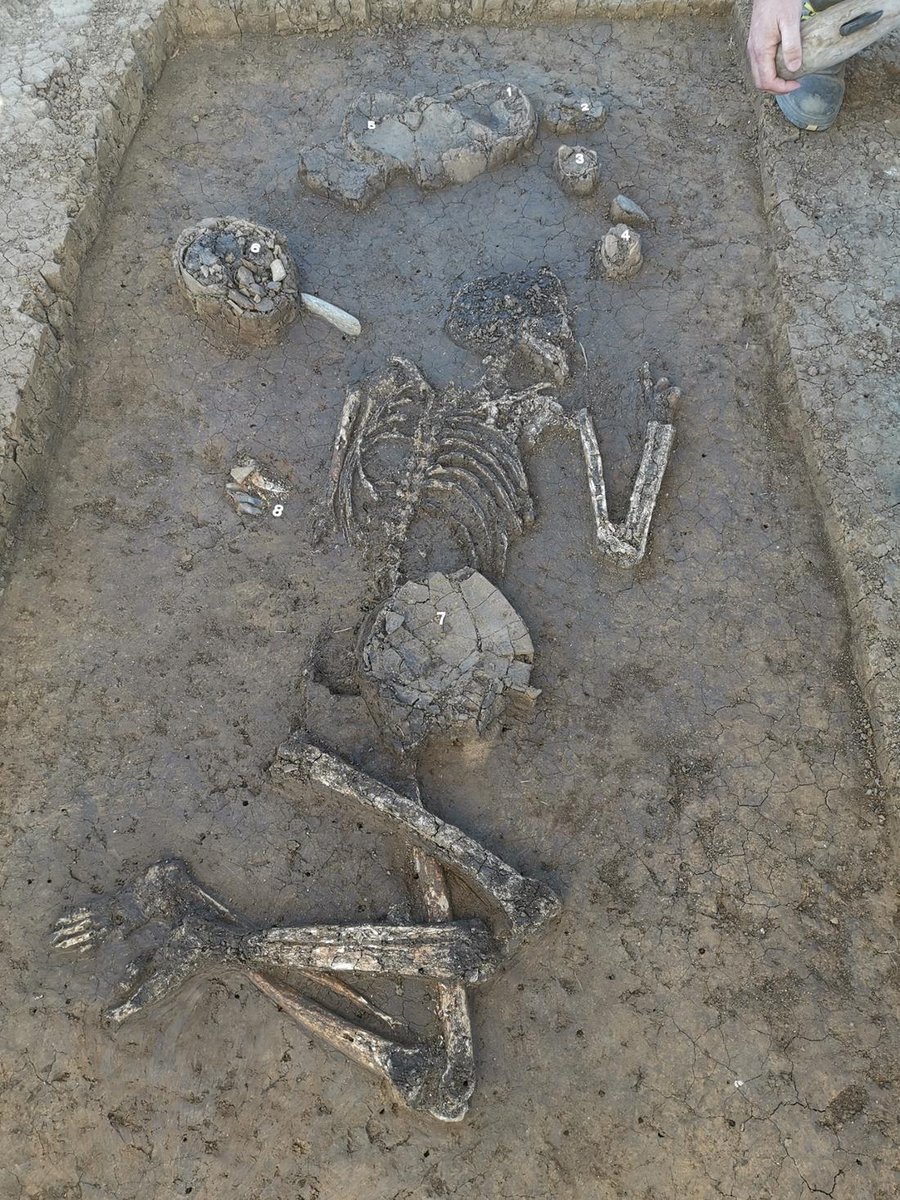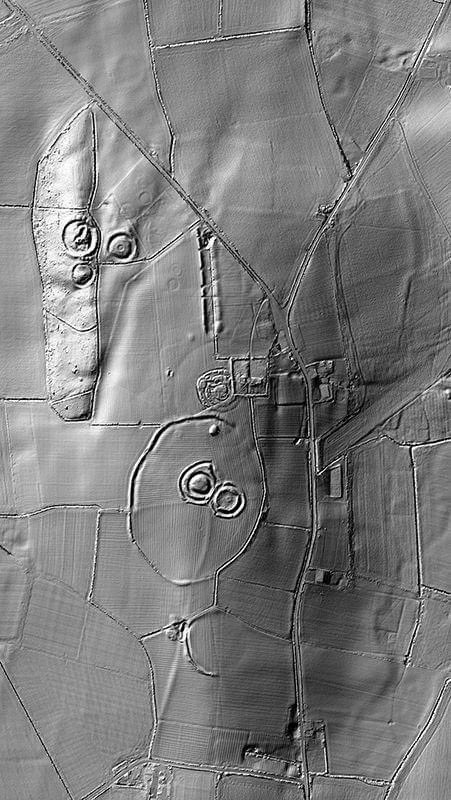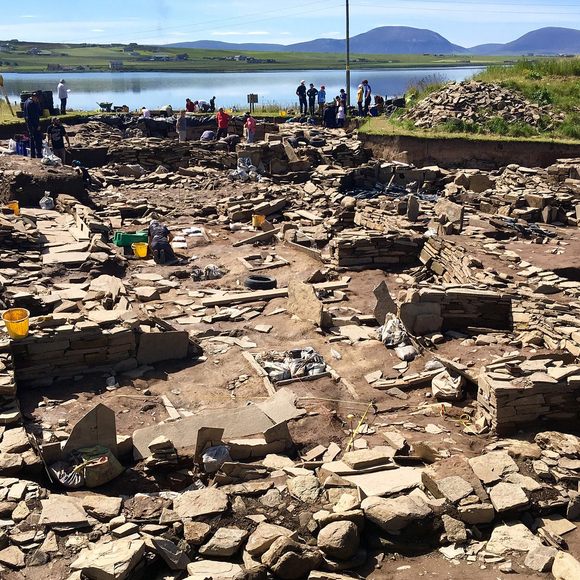






Divers from the Naples Police underwater unit, based in Naples, Italy, have retrieved a substantial piece of obsidian from the remnants of a Neolithic shipwreck, off the coast of the island of Capri...
More information: archaeologymag.com/2023/11/obsidi…
#archaeology #obsidian #neolithic
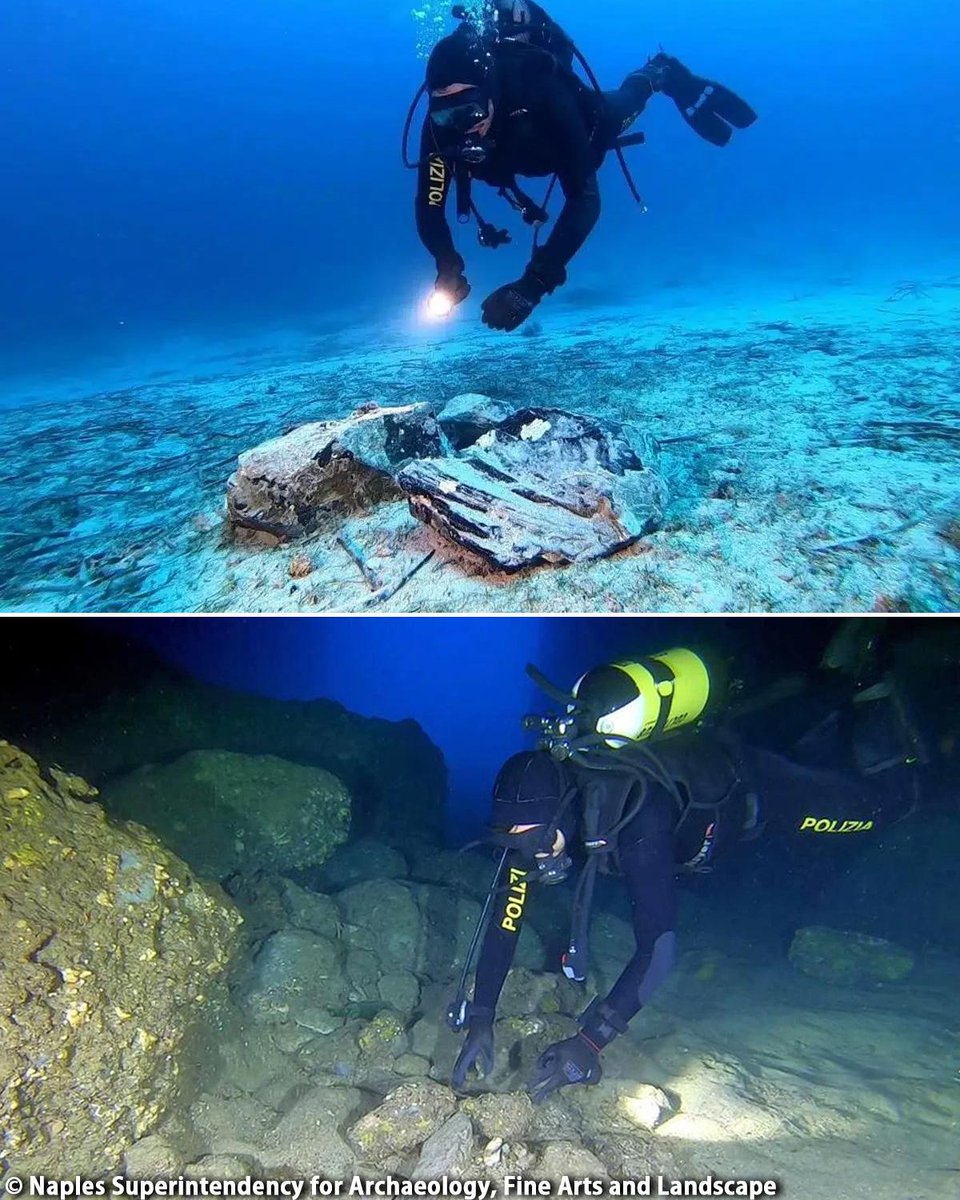

The face of ‘Stonehenge Man’. A forensic reconstruction of a Neolithic man born about 5,500 years ago and buried in a long barrow near Stonehenge. He lived in the area before the stone circle was built. The long barrow was excavated in the 1860s.
#Archaeology


#TombTuesday Arriving at the magnificent Arthur's Stone or Maen Ceti on Cefn Bryn, Gower, back in April for the first time in years..
The great erratic was hollowed out underneath to form two #Neolithic chambers, with a massive cairn - now robbed - then backfilling the hollow

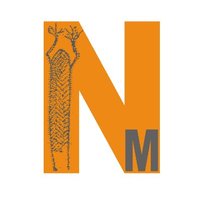


A pioneer archaeologist remembered
A plaque commemorating the late great John Henry Pull, unparalleled excavator of #Neolithic flint mines, is unveiled at Worthing Museum West #Sussex Worthing Theatres and Museum by Mayor of Worthing
Very pleased to be here 😊👍

The statue found in a special building in Karahantepe measures 2.4 m and was found sitting on the bench of a special building. It is the most monumental Neolithic human statue found to date.
#karahantepe #neolithic #taştepeler #worldneolithiccongress
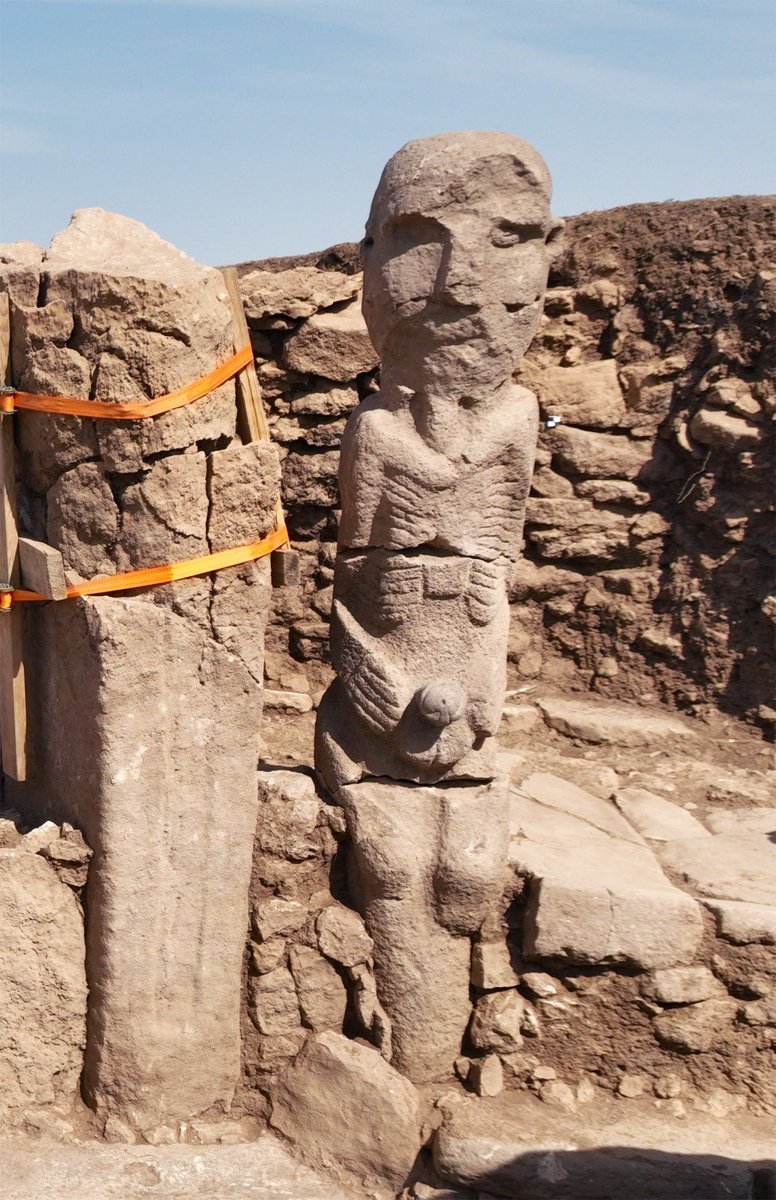


The Neolithic Cannibals exhibition, made by Whitehawk kids, is the continuation of our work that will make Brighton the best place to learn for lower income families. brightonfestival.org/whats-on/XXO-n…
Aditya Chakrabortty Simon James Curtis James Brighton Festival Lighthouse


#MuseumsinChina 🖼️This Museum Day, #Ningbo Museum invites you to delve into the 7000-year Hemudu Culture and explore some of China's earliest Neolithic records. #MuseumsforEducationandResearch
#Ningbo Today #museum #history #exhibition #culture #education #May #Researchpaper
